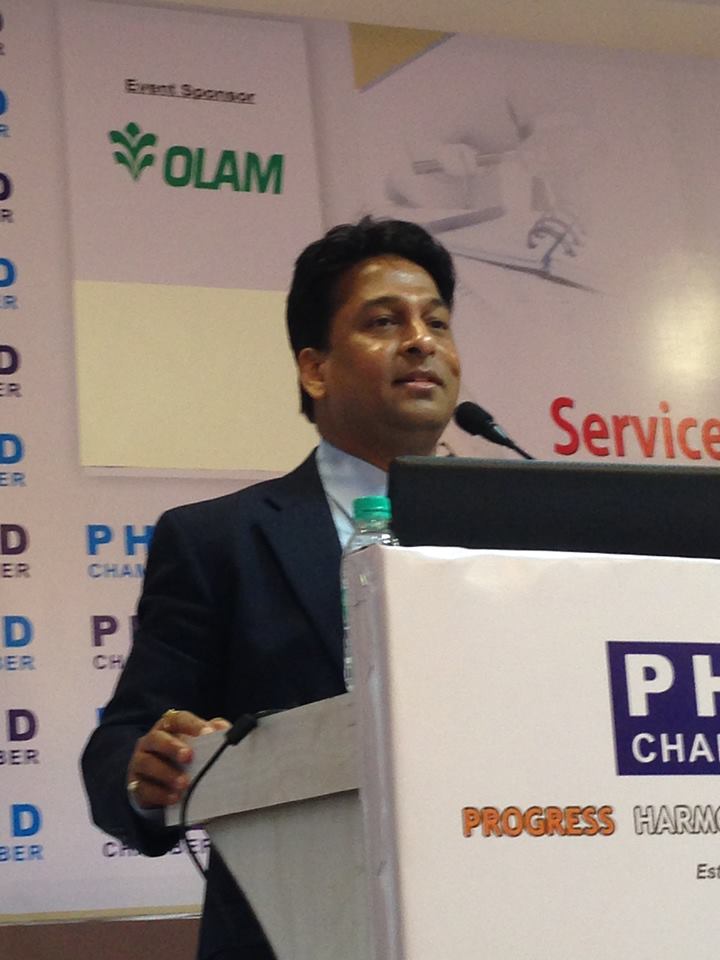| Article Section | ||||||||||||||||||||||||
|
Home |
||||||||||||||||||||||||
Who are liable to generate e-invoice w.e.f October 1, 2022 |
||||||||||||||||||||||||
|
||||||||||||||||||||||||
Who are liable to generate e-invoice w.e.f October 1, 2022 |
||||||||||||||||||||||||
|
||||||||||||||||||||||||
The GST Council, in its 37th meeting held on 20.09.2019, has recommended introduction of electronic invoice (‘e-invoice’) in GST in a phased manner. E-invoicing was initially made applicable w.e.f 01.10.2020 for the registered person having aggregate turnover of Rs. 500 crore and above only. Since then, aggregate turnover is being reduced in a phased manner so as to cover maximum taxpayers under the e-invoicing in following manner:
Notes:
Compliance: The registered person to whom e-invoicing is applicable have to generate tax invoice with specified particulars as per e-schema INV-01 from taxpayer’s own account and billing software, then convert the same into JSON file, and transmit such file on dedicated Invoice Registration Portal (“IRP”) launched by the Government. Subsequently, IRP will generate unique e-invoice reference number with Quick Reference (“QR”) Code and digitally signed JSON file and send it to the concerned supplier and will also push the data to GST Portal for auto population of date in GSTR-1 (outward supply statement) and E-waybill portal for generation of e-way bill. (Author can be reached at [email protected])
By: Bimal jain - August 9, 2022
|
||||||||||||||||||||||||
| |
||||||||||||||||||||||||
 9911796707
9911796707

